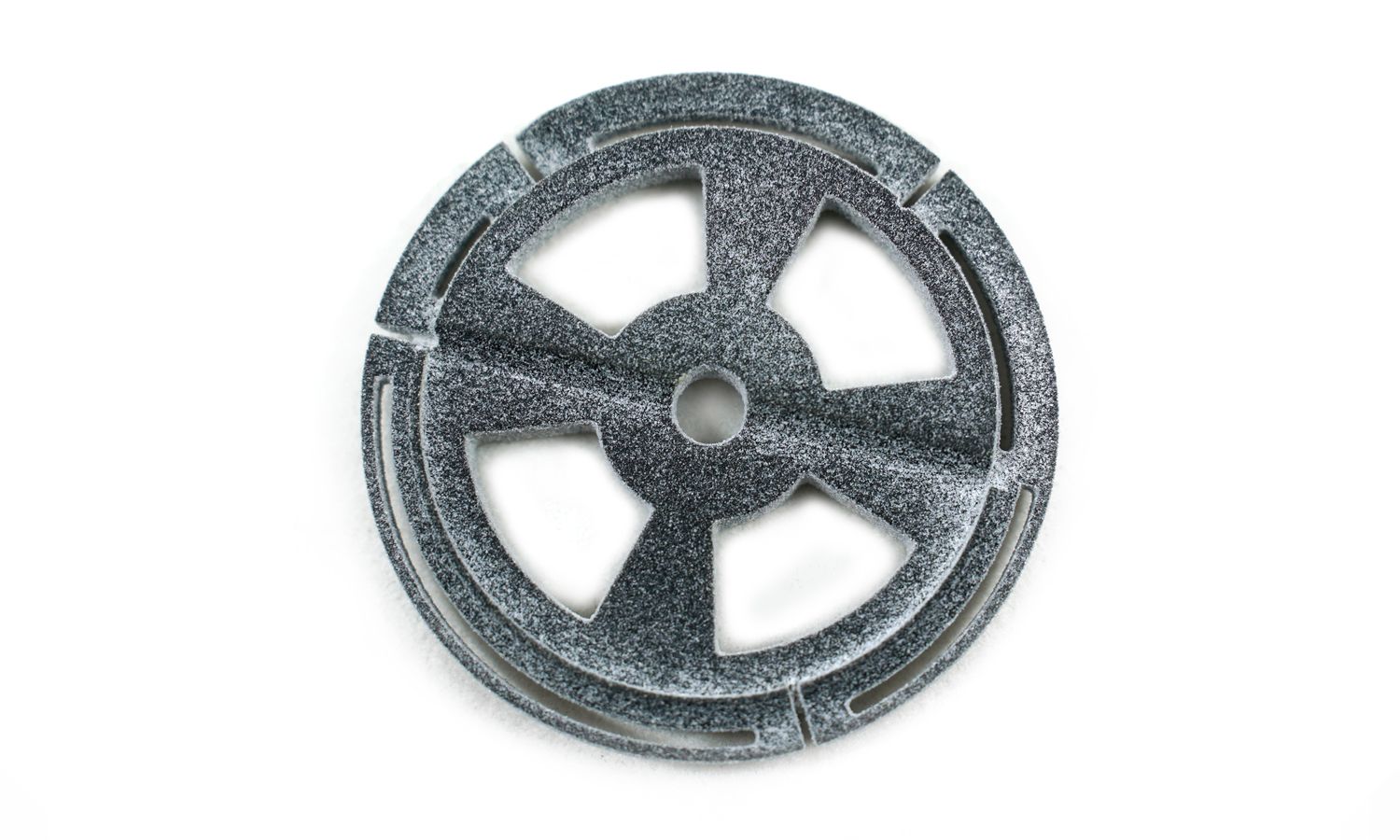In terms of 3D printing, a Multi Jet Fusion printer is similar to a Powder Binding 3D printer and a Laser Sintering machine. There is a removable build unit at the heart of the multi jet fusion 3d printing service. In addition to serving as a space for actual 3D printing, this unit also acts as a container for material for 3D printing.
A separate post-processing station is used to unpack printed parts after they have been built. Multi jet fusion 3d printing service is fully detachable from the build unit. In addition to filling up the team with material, the station is also used to recycle used material. Compared to most SLS 3D printers, Multi Jet Fusion is much more user-friendly and easy to operate.
Thermal cameras and heating lamps are located within the MJF 3D printing service (above the build unit). During printing, the lamps provide slight heating below the material’s melting point. Under a moving scan axis, printed heads and fusing lamps are mounted. A carriage moves from one side of the printer to the other in the MJF 3D printer. New layers of material are spread from front to back by a roller with a scraper.
The 3D printing process:
A screw moves material from the build unit’s lower container to its upper part. On the build platform, there is a new printing layer spread evenly. Next, the print heads deposit fusing and detailing agents over the new material layer. During the fusing process, a black substance absorbs thermal energy, and when heated, the detailing agent evaporates quickly. Multi-jet fusion 3D printing technology is currently capable of printing with PA 12, PA 11GB, TPU, PP and TPA, with more materials similar to those used in SLS on the horizon.
It is possible to print end-use parts with MJF. As a result, Multi Jet Fusion is an excellent alternative to injection molding. For low-volume production (500-1000 parts) and complex designs that cannot be mass-produced by injection molding. A significant advantage of 3D printing over injection molding is the possibility of customizing the part. Printing parts with unique logos or serial numbers is possible. You can also modify certain design features to fit a particular customer’s needs – without creating an entirely new mold. In the next generation of HP 3D printers, special agents should be available to alter the properties of the material being printed with the multi jet fusion 3d printed service. A 3D printer could print elastic or conductive features, for example. MJF is an up-and-coming technology for prototyping and end-use production.
